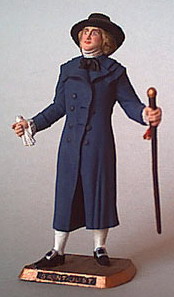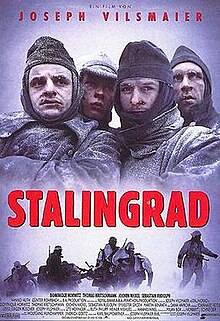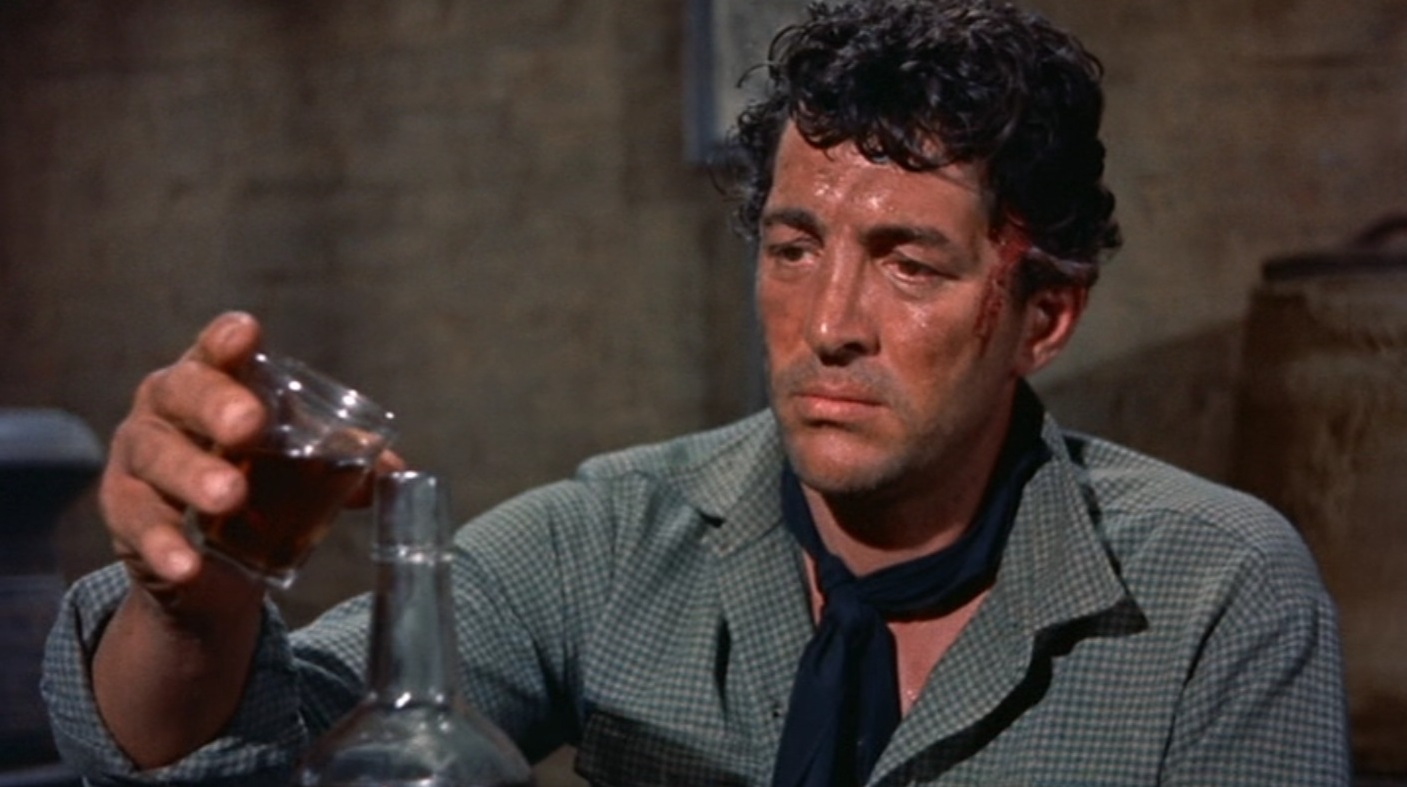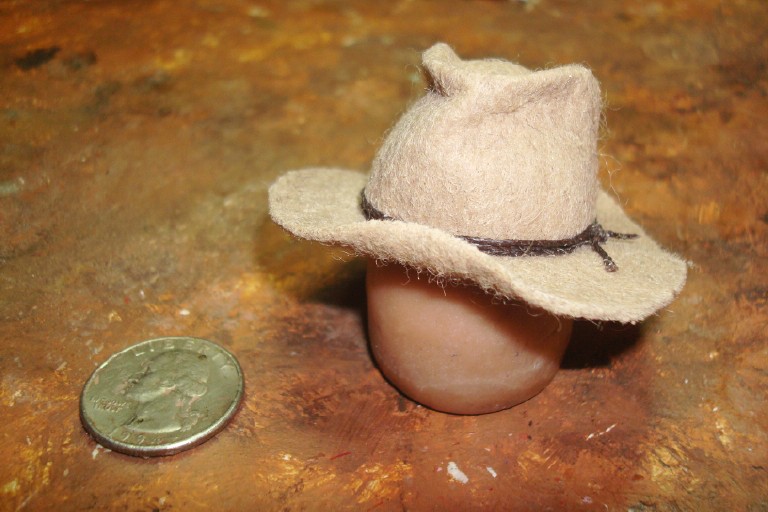
It was in calais at the newsagents in the ferry port that i bought this 54mm figure of st just.
The tradition of popular characters in clay, porcelain, wood, and lead goes far back in time, collecting them is perhaps not so old but children had their soldiers lead and parents stored their statues on the shelf or the Office. It is clear that this kind of applied art does not claim very faithful representation of the model, the resemblance is often limited to simple name.

st just by mokarex
As is known, one of the ways to retain customers and to promote a product is to launch a collectors gift for the sold product, whether it's a mini-jouet, a magnet for the fridge, a calender or … a figurine. For the complete series, the consumer is obliged to continue to buy the same product. Thus the brand of coffee Mokarex had very long ago an idea to equip their packets of coffee figurines of characters from the revolution. The idea was so successful it took several series of figurines and on different themes. Coffee Mokarex is active no longer, but its figures continue to supply the auction market
 starlux st just
starlux st justIn 2002, on the occasion of the victory of Jacques Chirac , Starlux marketed their series of 35 figurines "great characters of the revolution", to celebrate the "continuity of Republican traditions" . You could choose between Robespierre and Saint-just, Marat and Charlotte Corday, Louis XVI and Madam, alongside simple
sansculottes and soldiers of the Revolutionary Army.

Son of Louis Jean, Knight of St. Louis and ex-Marshal of the gendarmerie, and from the thirty-year-old Marie Anne Robinot, daughter of a notary, he moved with his family, even before a year to Nampcel, in Oise and, October 16, 1776, in the small village of Blérancourt,

where his father bought a House; the father's death, on 8 September 1777, is sent to study in College codde of Saint-Nicolas in Soissons.
He graduated in 1785, the year after a relationship with Thérèse Sigrade-Gellé, the daughter of the notary of Blérancourt, who denies his consent to the wedding; It seems that this refusal, and subsequent marriage of the girl, has been the cause of his sudden departure, on 9 September 1786, for Paris, where was arrested on 6 October following the complaint of the mother , stolen the silverware.
After a time in the House of Madame de Sainte-Colombe, in rue de Picpus, 7 March 1787 he can return home, with his mother and her two sisters, Louise and Marie Françoise, and is as trainee in the study of a lawyer of Soissons.

In October he enrolled at the Faculty of law at the University of Reims, where he graduated in less than a year, on 15 April 1788.Louis Antoine Léon de Saint-Just (French pronunciation: 25 August 1767 – 28 July 1794), usually known as Saint-Just, was a French revolutionary and military leader. Closely allied with Robespierre, he served with him on the Committee of Public Safety, becoming heavily involved in the Reign of Terror and was executed with him after the events of 9 Thermidor at the age of twenty-six.In May 1789, he published twenty cantos of licentious verse (after the fashion of the time) under the title of Organt au Vatican. The poem was strongly critical of the monarchy and the Roman Catholic Church.

He was elected lieutenant-colonel of the National Guard of the Aisne, and sought to become a member of his district’s electoral assembly.
In 1790, he wrote to Maximilien Robespierre for the first time, asking him to consider a local petition. The letter was filled with praise, beginning: “You, who uphold our tottering country against the torrent of despotism and intrigue, you whom I know, as I know God, only through his miracles—it is to you, Monsieur, that I address myself. Through their correspondence, the two became friends. With Robespierre's support, Saint-Just became deputy of the département of Aisne to the National Convention. He gave his first speech, a condemnation of Louis XVI, on 13 November 1792. This gained him attention, and he soon became a prominent figure of The Mountain. His close friendship with Robespierre became known to the Convention, the Jacobin Club, and the people, and he was dubbed the "St. John of the Messiah of the People" (saint Jean du Messie du peuple).
Involvement in the Revolution
Saint-Just supported the Revolution from its outbreak, and became involved in local political affairs. In his earlier years, he boasted about the current government (constitutional monarchy) and showed great political knowledge beyond that of most young men his age. The treason of the King changed his mind, as it did many others and he was one of the main driving forces which brought the king's death. He proclaimed that the king should be judged, not as a king or even a citizen, but as an enemy who deserves death He spoke at the Trial of Louis XVI, “As for me I see no middle ground: this man must reign or die! He oppressed a free nation; he declared himself its enemy; he abused the laws: he must die to assure the repose of the people, since it was in his mind to crush the people to assure his own. Did he not, before the fight, pass his troops in review? Did he not take flight instead of preventing them from firing? What did he do to stop the fury of his soldiers?” More importantly, however, his argument changed the fundamental ideology of the revolution by stating that “every king is a rebel and a usurper,”therefore illegitimating all monarchies and monarchs as treasonous. His ideology and argument were closely followed by Robespierre and eventually became the official position of the Jacobin Party.After his maiden speech at the King’s trial, he was elected to the National Convention where he as the youngest member of the Convention,[4] only a few days over the minimum age requirement of twenty-five [5]
When the Girondists (Girondins) were banished from the Convention on 30 May 1793, Saint-Just was elected to the Committee of Public Safety. In the autumn of that same year, he was sent on a mission to oversee the army in the critical area of Alsace. He proved himself a man of decisive action, relentless in demanding results from the generals as well as sympathetic to the complaints of run-of-the mill soldiers. He repressed local opponents of the Revolution but did not agree in the mass executions ordered by some of the other deputies on the mission. Saint-Just succeeded in inspiring the Army of the Rhine and Moselle. Taking a lead role in the fight, he saw the frontier secured and the German Rhineland invaded. Upon his return to the Convention, in year II (1793–1794) of the French Republican Calendar, Saint-Just was elected president. He persuaded the Convention to pass the radical Ventôse Decrees, under which confiscated lands were to be distributed to needy patriots. These were the most revolutionary acts of the French Revolution, because they took from one class for the benefit of another. He returned to Paris in January 1794. Joining with Robespierre, he was instrumental in the downfalls and execution of the Hébertists and the Dantonists. During the same period, Saint-Just drafted Fragments sur les institutions républicaines, proposals far more radical than the constitutions he had helped to frame; this work laid the theoretical groundwork for a communal and egalitarian society. Sent on mission to the army in Belgium, he contributed to the victory of Fleurus on 26 June 1794, which gave France the upper hand against the Austrians. These months were the high point of his career. But his rise to power had wrought a remarkable change in Saint-Just's public personality. He became a cold, almost inhuman fanatic; even more daring and outspoken than his idol Robespierre. “The vessel of the Revolution can arrive in port only on a sea reddened with torrents of blood,” Saint-Just once declared to the Convention. He said on another occasion, “You have to punish not only the traitors, but even those who are indifferent; you have to punish whoever is passive in the republic, and who does nothing for it.” In this way, Saint-Just saw social passivity to be the real threat to society.
As for the external policy of France, “I know” he said “only one means of resisting Europe: to oppose to her the genius of freedom” (Béraud97). He did not want the military to be made up of slaves, he wanted free men to fight for France. Saint-Just proposed that, through its committees, the National Convention should direct all military movements and all branches of the government (report of 10 October 1793). Under this policy, Saint-Just, along with friend and fellow deputy Philippe Le Bas, was dispatched to Strasbourg to command military operations. Saint-Just's experience with terror in Paris guided him in dealing with suspected treason in Alsace. In Strasbourg, he repressed the excesses of Jean-Georges Schneider, who, as public prosecutor of the revolutionary tribunal of the Lower Rhine, had ruthlessly applied the Terror in Alsace. Schneider was sent to Paris and guillotined. Later, he served with the Army of the North, where he gave generals the choice of victory over their enemies or trial by revolutionary tribunal; he organized a unit specially charged with eliminating deserters. Once more he saw success, and Belgium was successfully occupied by May 1794.
Robespierre and Saint-Just shared the ideals of Enlightenment and some even say that Saint-Just was superior to Robespierre in many ways, political and otherwise. Anything Robespierre wanted to get done, Saint-Just was sent to do it. At the end of May, Robespierre recalled Saint-Just to the capital, but he soon departed again with the army until 28 June. According to Barère, on 23 July Saint-Just proposed dictatorship as the remedy for society’s disorder. This report, however, is highly questionable: as a leader of the Thermidorian Reaction, his testimony is suspect, and it has been argued (Fayard, p. 311) that this alleged policy is not at all typical of Saint-Just. At the famous sitting of 27 July 1794 (9 Thermidor), Saint-Just gave his defence of Robespierre. While he tried to present his report as that of the committees of General Security and Public Safety, he had actually refused to show it to them the previous day. He was loudly interrupted by his fellow committee members, and the sitting ended with an order for Robespierre's arrest. The following day, twenty-one men, including Saint-Just and Robespierre, were guillotined.
Death of Saint-Just
The fate of Saint-Just is inextricably linked to that of Robespierre — his mentor and close personal friend. Robespierre divided and conquered his enemies, denouncing anyone who was or could be a threat to his position as head of the committee for Public Safety which made Robespierre de facto dictator of the revolution. Danton and many other popular leaders in the Convention were removed one by one.
The remaining members of the convention finally joined together and removed Robespierre and his associates including Saint-Just.
At the end of his life, Robespierre gave a famous speech on 26 July 1794 (Thermidor 8): “It has been said too often that the greatest mistake made by Robespierre in his speech of Thermidor 8 was his failure to name any of the men at whom his denunciations were leveled” .
Although Saint-Just remained loyal to his ideals and Robespierre, Robespierre did not. After his arrest, Robespierre attempted suicide, but only succeeded in shattering his jaw. Saint-Just was found beside Robespierre attempting to minister to him. Robespierre, semi-conscious, did not respond. Saint-Just went with his guards in silence and alone.
Robespierre and his fellow ideologues were guillotined the following day, 28 July 1794 (10 Thermidor). Saint-Just accepted his death with resignation.
Character
In contrast to the manner of early antics such as "Organt au Vatican", Saint-Just assumed a stoical manner throughout his adult life. In combination with his devotion to a "tyrannical and pitilessly thorough" policy, as described by the Encyclopaedia Britannica, this was a lifelong characteristic. He thought the only way to create a true republic was to rid it of enemies, to enforce the “complete destruction of its opposite,” and to embrace the notion “a nation generates itself only upon heaps of corpses.” Saint-Just was repeatedly described by contemporaries as arrogant, believing himself to be a skilled leader and orator as well as having proper revolutionary character. This cocky self-assurance manifested itself in his superiority complex, and he “made it clear…that he considered himself to be in charge and that his will was law.” Camille Desmoulins once said of Saint-Just: "He carries his head like a Holy Sacrament." "And I," replied Saint-Just, "will make him carry his like a Saint Denis." The threat was not vain: Desmoulins accompanied Danton to the scaffold. Because of his intense ambition and self-assurance, some theorize that Saint-Just aided in Danton’s execution to further his own political career by getting rid of the respected and experienced leader of the Convention.
Camus and Saint-Just
Saint-Just is discussed extensively in Albert Camus's philosophical essay of 1951, The Rebel. His actions during the course of the Revolution are examined in the context of Camus's analysis of the progression of rebellion and revolution towards enlightenment and freedom throughout history. His fierce advocacy of the execution of Louis XVI and his philosophical treatises on the nature of the Revolution in speeches to the Assembly, are both used by Camus to illustrate how the downfall of the Bourbon monarchy was brought about and from what basis the political ideology of the Revolution grew. Camus claims Saint-Just "introduced Rousseau's ideas into the pages of history" and incorporates Saint-Just and his ideals into his humanist study of the progression of humanity towards enlightened liberalism and democratic pluralism; and the traps and mistakes that have ensnared previous revolutionary attempts towards this goal.
Saint-Just and his fellow Jacobins are lauded as 'Regicides'; with Camus attributing the gradual decline of absolute monarchy that spread throughout Europe following the French Revolution and the resultant growth of popular representation and democracy to the philosophical and political developments initiated and executed by Saint-Just and his fellow Jacobins.
The theological implications of Saint-Just's rhetoric are also discussed by Camus. In successfully arguing for the King's execution, Saint-Just destroyed the façade of monarchical divine right and ensured that kings could never again enjoy such unchecked power as the Bourbons did. Camus identifies Saint-Just's successful advocacy of the execution of Louis XVI as the Nietzschean Twilight of the Idols.
However, Camus also holds Saint-Just as a cautionary parable, a lesson in how revolutions, their ideals, and the idealists that lead them can descend into despotism and tyranny. He discusses how Saint-Just and his fellow Jacobins would not compromise their ideals to accommodate the will of the common people, the sans-culottes, and so brought about the Jacobin Terror and their eventual downfall in the events of the Thermidorian Reaction.











 nardi
nardi




 where his father bought a House; the father's death, on 8 September 1777, is sent to study in College codde of Saint-Nicolas in Soissons.
where his father bought a House; the father's death, on 8 September 1777, is sent to study in College codde of Saint-Nicolas in Soissons.









ukN!BWk~%24(KGrHqEOKkUEuZvVe,q6BLw2zyiobw~~_12.jpg)




 it was ten time's better than ryan
it was ten time's better than ryan












